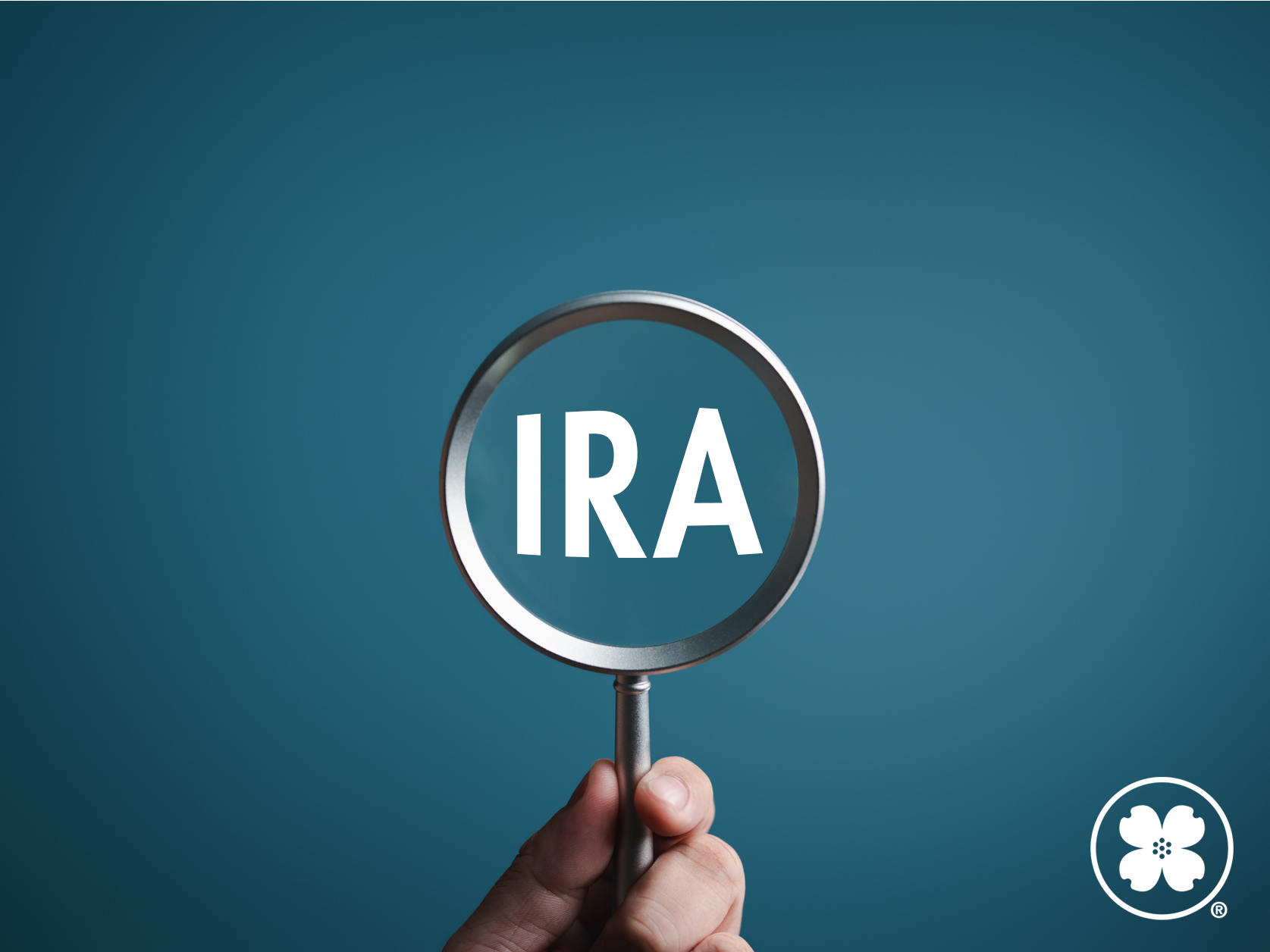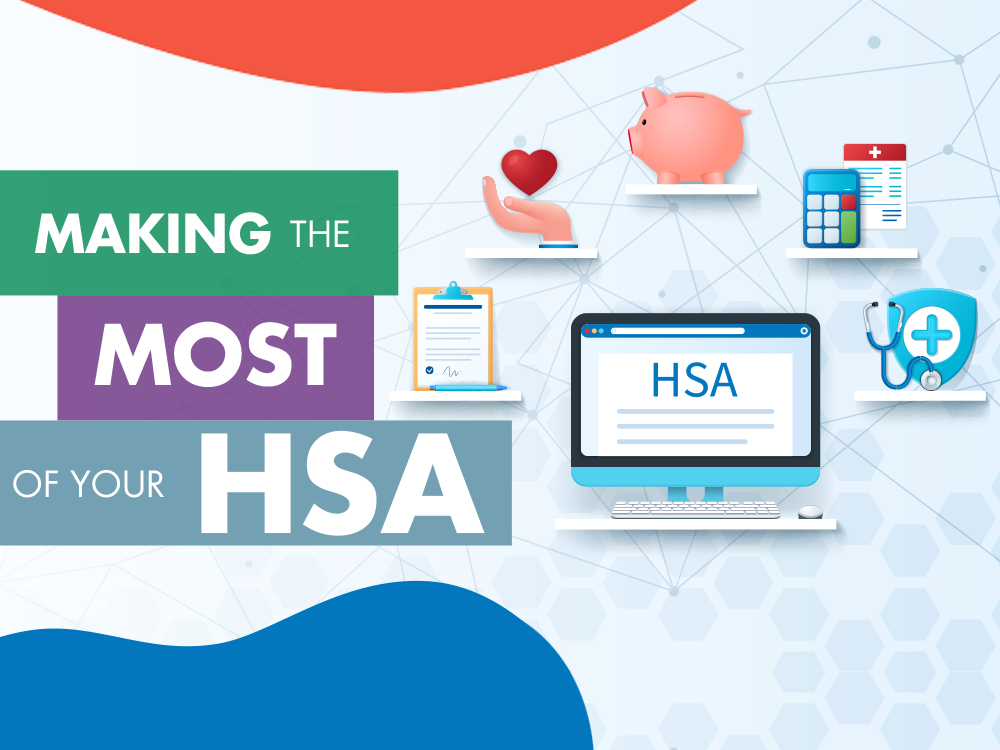Learn the key differences between IRAs and 401(k)s, including tax benefits, contribution limits, and withdrawal rules to help you choose the right retirement plan for your financial goals.

You’ve worked hard. You saved. You launched yourself into retirement. Congratulations!
Now, you might panic a bit when you realize your regular paycheck has stopped and you are in charge of managing your own cash flow. Which accounts do you use first to create a new income stream? Which are taxable, tax advantaged, or tax free? Where do you start?
Most new retirees have activated at least one steady income stream, perhaps social security or a work-related pension. Will those lifetime, fixed income payments cover everything? The answer is often no. They might cover basic expenses but may not cover the lifestyle you wish to lead or any unexpected expenses. To fill the “income less expenses” gap, you need to change your mindset from saving for retirement to withdrawing for retirement.
Your retirement resources may include checking, savings, CDs, non-retirement investment (brokerage) accounts, and various retirement accounts such as 403(b), 401(k), various types of IRAs, or a Roth IRA. Which resources do you tap first? Which are you required to withdraw from annually? Do you tap several simultaneously?
You probably won’t be surprised to learn tax considerations are a major determinant. Withdrawals from some resources will have no tax consequences; others will be partially taxable; and, still others will be 100% taxable. Do you know which are which?
Withdrawals from checking, savings or CDs (at maturity) are free of tax consequences. Your non-retirement investment accounts may create a taxable event based on the short or long-term gains or losses generated when you sell an asset. These accounts may also receive taxable interest and dividends which might help your cash flow. Most retirement account withdrawals are 100% taxable. Since you use after-tax dollars to make Roth IRA contributions, if you don’t break the rules, withdrawals will be tax free. These general guidelines are only part of what you need to know to determine which pool of money may be most advantageous to tap when you need extra monthly income or funds for planned or unexpected expenses. You also need to know your tax rates based on the type of taxable income your action creates. When and where you choose to take your withdrawals affects your current tax rate and possibly may affect your future tax rates.
Knowing what you own, what your cash flow needs are, and where and how to most efficiently get those extra funds is a place to start. How do you navigate through all this?
- Creating a budget and a wish list might help. Knowing your income less expenses shortfall is essential. This should help determine how much to increase your monthly income.
- Make a list of your financial resources in three broad categories: cash reserves, non-retirement accounts and retirement plan accounts.
- Then, sub-categorize each category above by their expected taxation and withdrawal rules. For example, cash reserves would be short term, quickly accessible non-taxable accounts like checking, savings, money market funds, etc. The non-retirement category might have personally owned, non-retirement investment accounts with holdings such as CDs, stocks, bonds, mutual funds, ETFs, etc. which may or may not have tax consequences when you sell the holdings. The retirement category would include 403(b), 401(k), IRA, and Roth IRAs. These are mostly 100% taxable but exceptions exist, like your Roth IRA. It may be useful to further categorize your retirement resources by account type since required minimum distribution (RMD) rules apply differently to different types of retirement accounts. Most retirement plans must begin distributions from each retirement plan when you turn 70 ½ but there are exceptions. For example, the total RMD for your IRAs can be taken from just one IRA but other types of retirement plans generally require the RMD to be taken from each individual plan. Your own Roth IRA is not subject to RMD rules but an Inherited Roth IRA is subject to RMD rules.
You might now ask, “Which accounts are most beneficial for me to use right now?” The answer is, “It depends.” It depends on the rules, your tax rates, your personal resources, and your cash flow needs. There is no simple formula. Strategies exist and depending on your desire to self-manage, you may want to explore those ideas on your own. However, many people realize the best answer may be to gather your newly organized information and make an appointment with a trusted advisor to discuss the best strategy for you.
If you want to tackle it on your own, consider strategies like creating bond or CD ladders, starting systematic withdrawals from retirement plans before RMDs are required, harvesting capital gains/losses regularly, and investing in investments to stabilize your cash flow or result in more predictable taxation. Remember your personal situation, resources, life changes, and other factors drive those decisions and the ultimate results of your plan.
Just remember, no one plan floats all boats. If the above is confusing and you are ready to shout “Mayday” or “Uncle,” don’t panic. Instead, reach for a lifeline. A professional trusted advisor can help you navigate decisions to create a smooth sailing plan for your post retirement cash flow needs.
TIDBIT: The word “Mayday” is derived from the French word “m’aidez” and means “Help me.” Don’t be afraid to ask for help when you need it.


